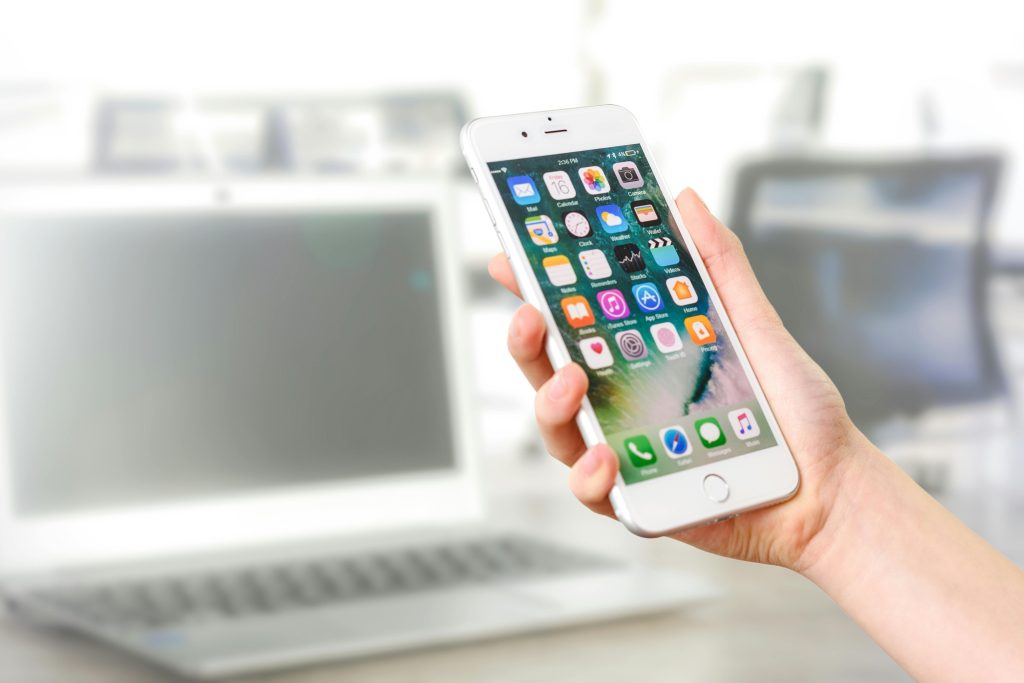Recovering a Raw Partition After Accidental Disconnect: A Guide to Safeguarding Your Data
In today’s digital age, data management and drive recovery are critical skills for both casual users and professionals alike. Recently, many users have encountered scenarios where an external hard drive’s partitions become inaccessible or marked as “RAW” after accidental disconnections, posing significant concerns about data integrity. This article aims to guide readers through understanding, assessing, and potentially recovering data from a raw partition, emphasizing safety and best practices.
Understanding the Issue: How a Disconnect Can Lead to RAW Partitions
External drives connected via USB enclosures are convenient but sometimes vulnerable. An abrupt disconnect—such as unplugging during data transfer or enclosure mishaps—can cause Windows to perceive drive partitions as RAW.
When a partition is marked RAW, Windows cannot read or access the data normally. Although this typically indicates file system corruption or accidental formatting, it does not necessarily mean the data is lost. Often, the drive itself remains functional, but the file system requires repair or recovery.
Diagnosing the Problem
If your drive not only shows as RAW but also contains valuable data, the first step is to remain calm and avoid further write operations that could overwrite existing files.
Key considerations:
- Assess the drives’ health: Given that the drives are relatively new and the enclosure is suspect, it’s likely a logical issue rather than physical failure.
- Check connections: Ensure cables and enclosures are functioning correctly before proceeding with recovery attempts.
- Identify the type of corruption: Windows may display a RAW partition, which generally means the file system has become inaccessible or corrupted.
Safety First: Backup or Image Your Drive
Before attempting any repair, it’s advisable to create a disk image or clone of your drive. This ensures that if recovery steps risk data loss, you have a fallback. Given your constraints—such as not wanting to purchase additional drives—consider connecting the affected drive to a different system or using specialized recovery hardware that can create images directly without requiring extra storage.
Note: If you do not wish to make an image, proceed with caution, understanding that recovery efforts carry some risk.
Recommended Recovery Strategies
1. Avoid Using “chkdsk” Immediately
Although running chkdsk can sometimes fix filesystem issues, it may also lead to further data loss if the partition is severely damaged. Expert advice often recommends avoiding chkdsk on RAW partitions unless
Share this content:

